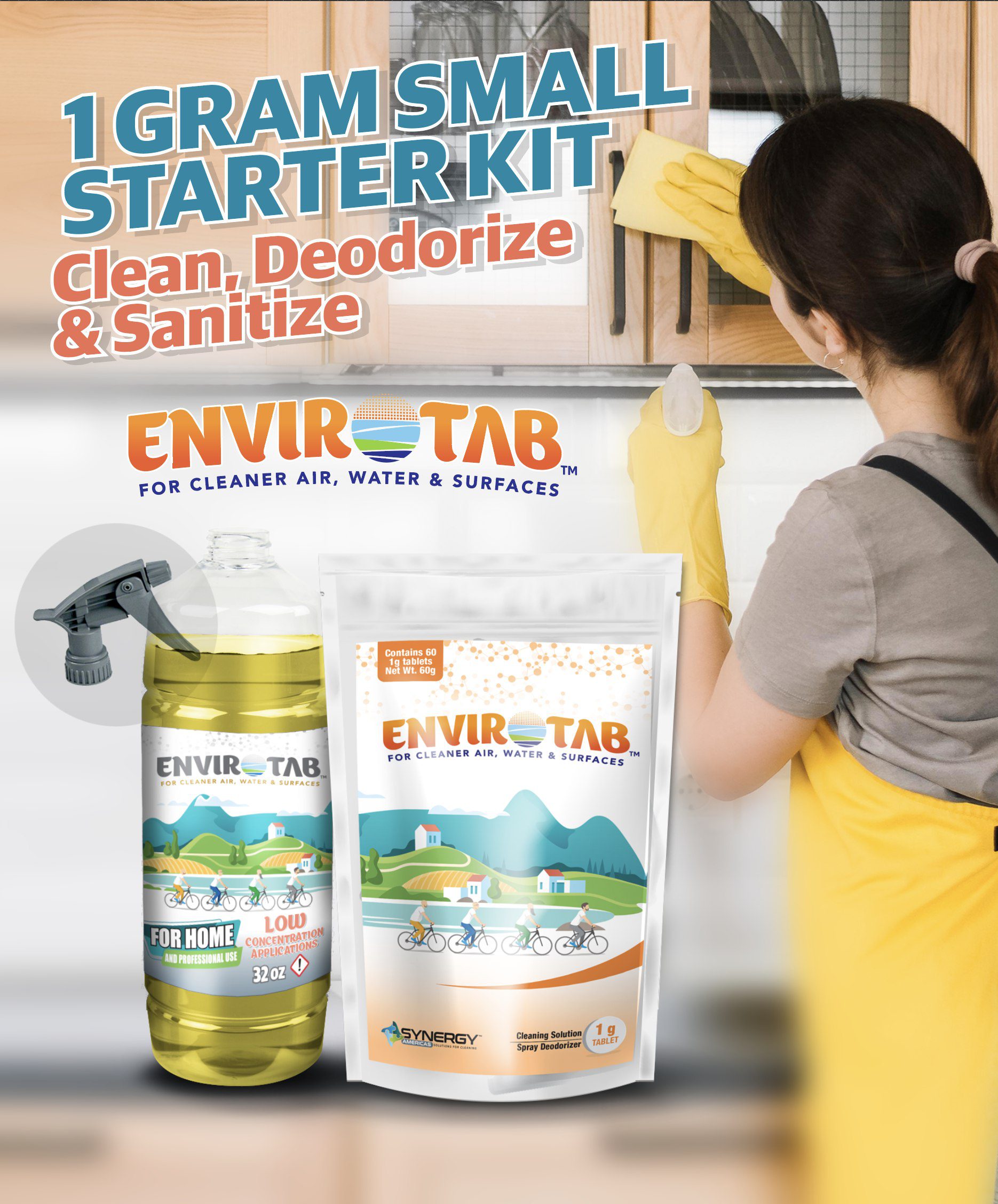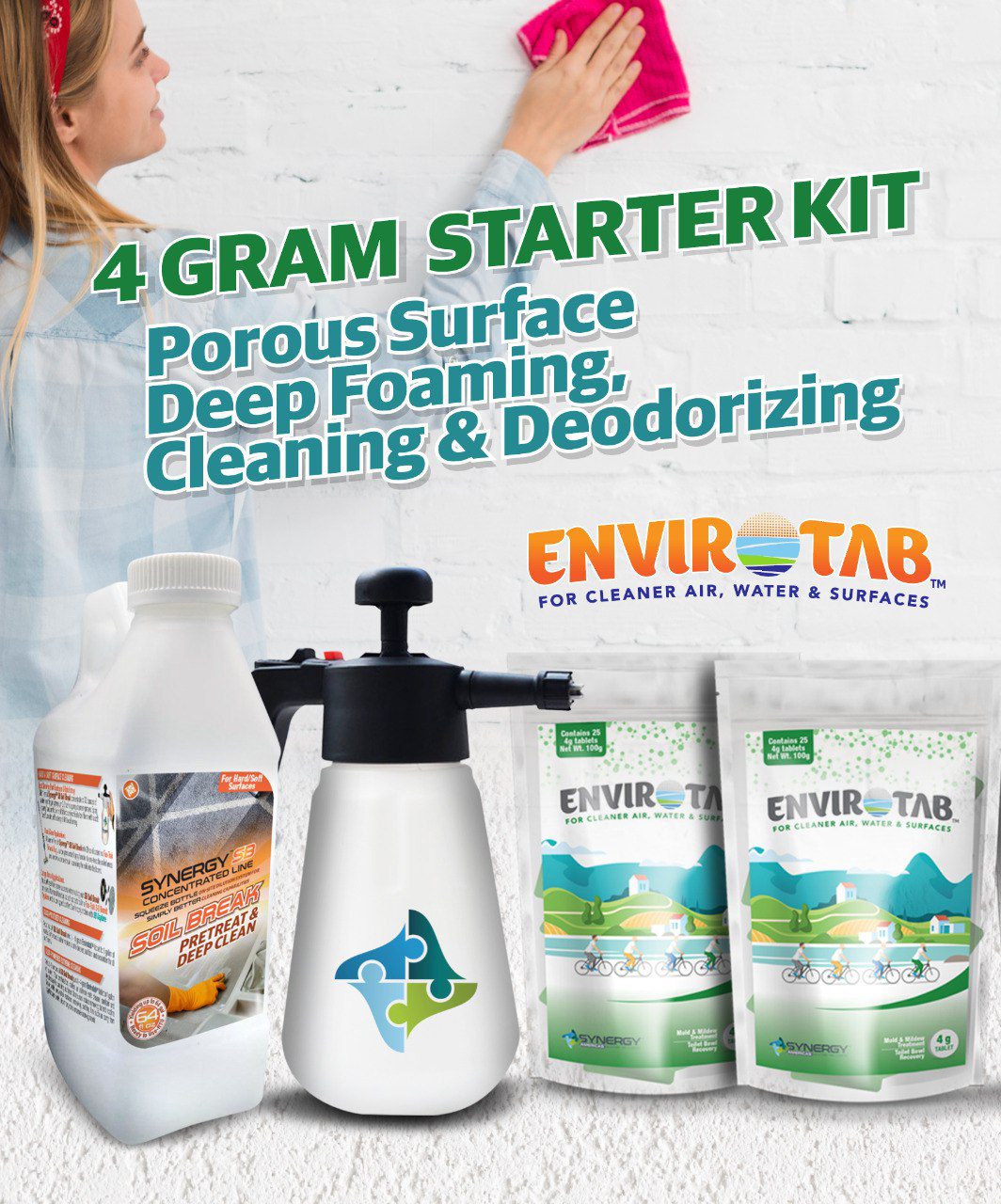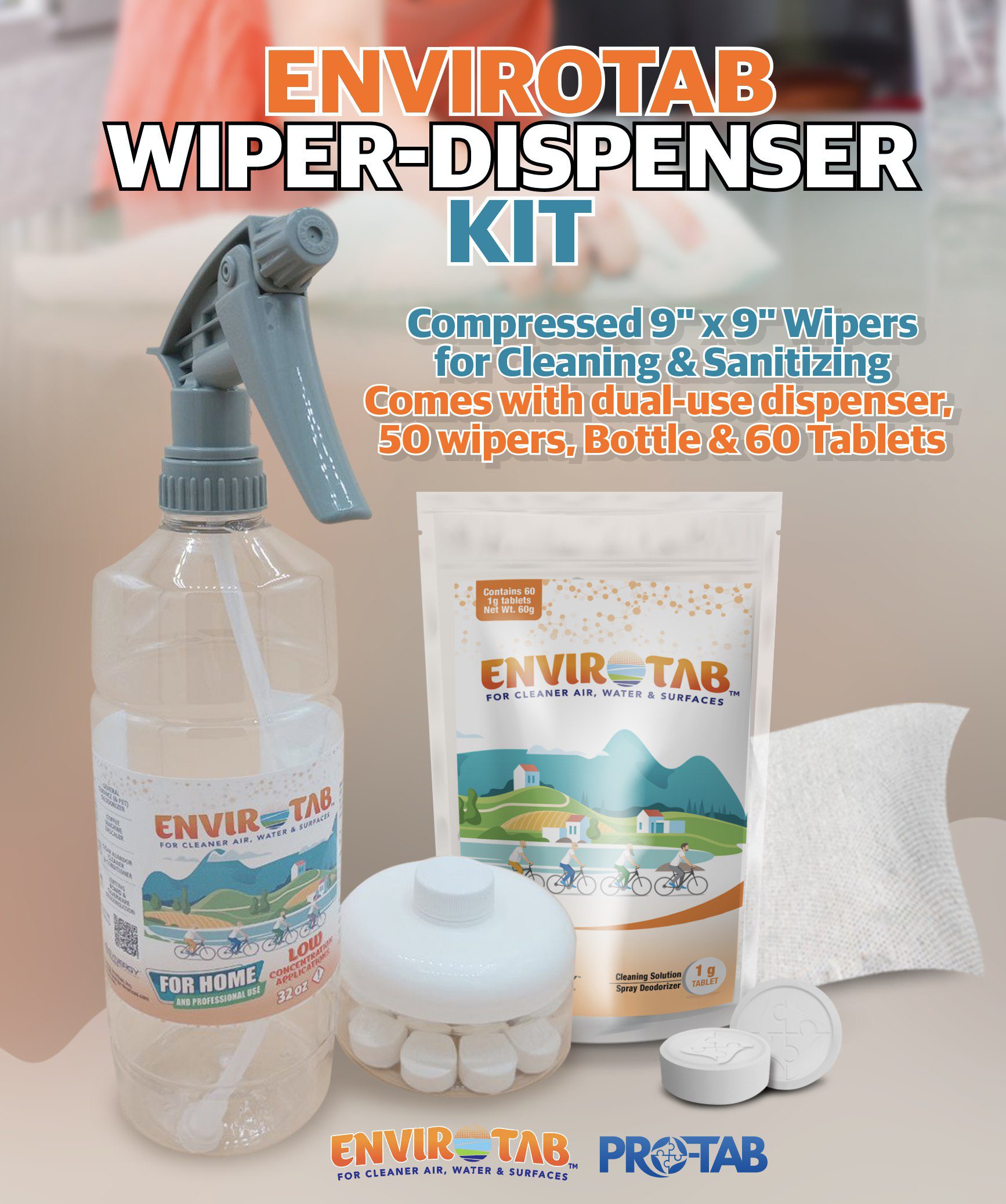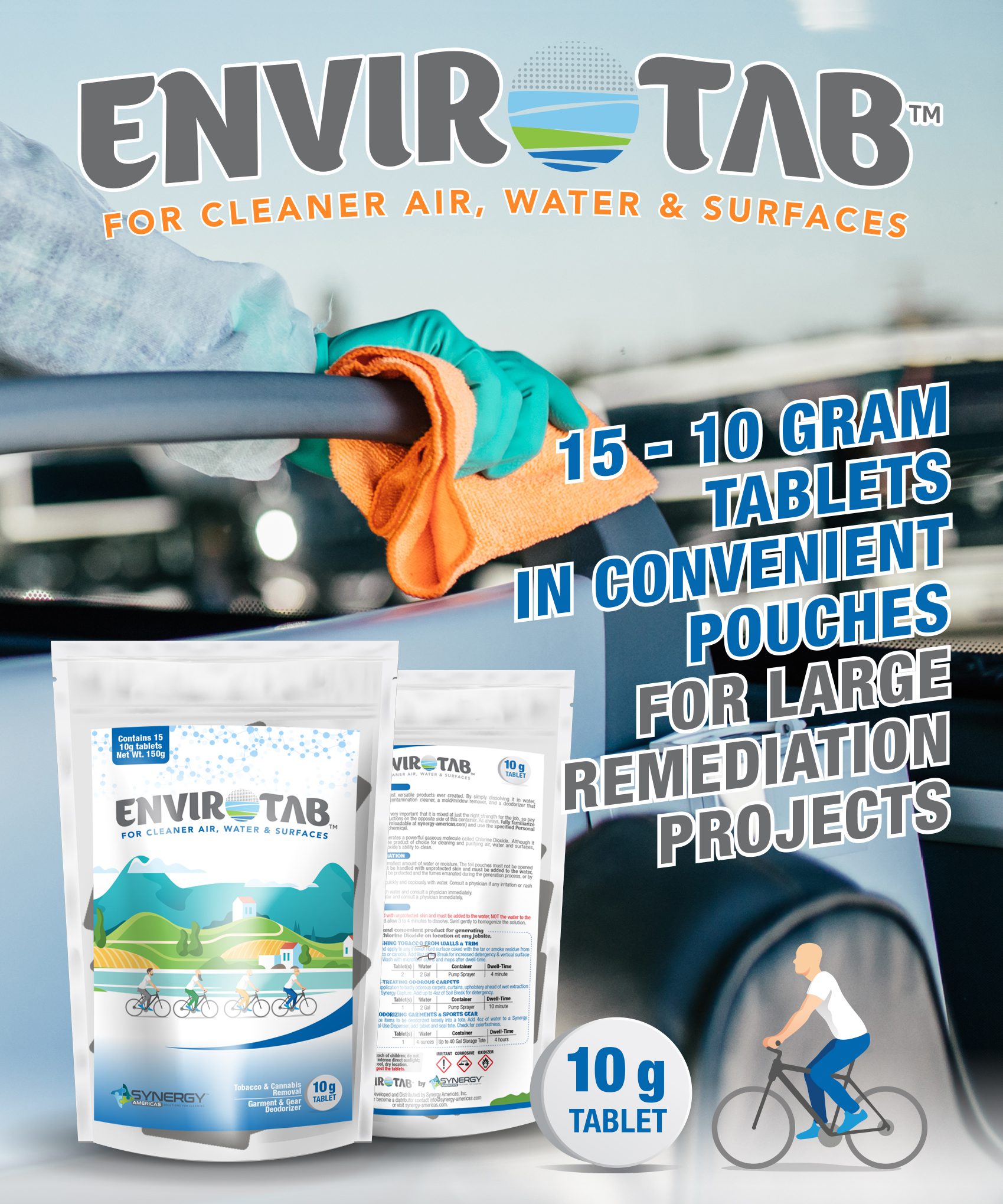🍎 Keep Your Fall Harvest Safe: The Smarter Way to Wash Produce
🍎 A Romantic Maine Autumn
There’s nothing quite like fall in Maine. The air carries a crisp edge, the leaves shimmer in fiery shades of red and gold, and tucked along the quiet stretch of Route 46 in Bucksport sits a quaint little apple orchard that feels like stepping back in time. For many local residents, this orchard stirs childhood memories — climbing wooden ladders, filling bushel baskets, and breathing in the sweet perfume of ripened apples on cool afternoons.
The simple joy of plucking a Macintosh apple straight from the branch is unforgettable. Its skin cool to the touch, its fragrance sharp and sweet. That very first bite of the season — tart, juicy, and bursting with flavor — is an annual ritual that connects us to the land, to tradition, and to each other.
But beneath that perfect shine lies a reality most of us never pause to consider. While one apple fresh from the tree may seem harmless, eating unwashed fruit over and over can expose our bodies to hidden biohazards: bacteria, mold spores, or pesticide residues invisible to the eye. It’s not just one apple that can harm your system — it’s the accumulation from enjoying many over the season without proper washing.
Why Rinsing Isn’t Enough
Most of us rinse our produce under tap water and feel confident it’s clean. But pathogens like E. coli, Salmonella, and Listeria are notorious for clinging tightly to surfaces — sometimes hiding in natural waxes, tiny pores, or microscopic biofilms.
Apples, for example, often have a natural protective coating that looks beautiful but can trap unwanted contaminants. Water simply can’t break through these layers.
The Smart Solution: Chlorine Dioxide (ClO₂)
For decades, farmers worldwide have relied on chlorine dioxide to keep fruits and vegetables safe. Unlike bleach or harsh chemicals, ClO₂ works in low, food-safe concentrations and leaves behind no harmful residue, odor, or aftertaste.
What makes ClO₂ different?
- ✅ Breaks through biofilms where pathogens hide
- ✅ Gentle on delicate produce like apples, berries, and leafy greens
- ✅ Maintains taste, texture, and nutrients
- ✅ Eco-friendly and safe when used as directed
This means you can protect your family without compromising the farm-fresh flavor you love.
🥕 How to Wash Produce Properly with ClO₂ Tablets
Step 1: Prepare Your Solution
Fill a clean bowl, sink, or container with the recommended amount of lukewarm water. Drop in the correct number of tablets (1 gram CLO2 to 4 gallon water, a maximum of 25PPM). Allow them to fully dissolve.
Step 2: Add Your Produce
Place fruits or vegetables directly into the solution, making sure all surfaces are submerged.
Step 3: Soak Briefly
Let produce sit for 1–2 minutes (berries/greens) or up to 5 minutes (apples, squash, root vegetables).
Step 4: Light Agitation
Gently move produce around so the solution reaches all sides and crevices.
Step 5: Rinse & Dry
Remove produce, give a quick rinse under cool water, then pat dry or air-dry.
Step 6: Discard Solution
Always use a fresh batch for your next wash to ensure maximum effectiveness.
 A Maine Harvest Example
A Maine Harvest Example
Picture this: You’ve just returned from a local orchard with a bushel of apples. Before baking that pie or packing school lunches, you give the apples a quick ClO₂ rinse. In seconds, you’ve reduced risk from harmful microbes, while keeping that orchard-fresh crispness intact.
It’s a small step that ensures your fall traditions are not just delicious, but safe.
Beyond Produce: Whole-Kitchen Safety
One of the biggest advantages of ClO₂ tablets is versatility. The same solution that cleans your apples can also sanitize:
- Cutting boards
- Kitchen counters
- Reusable shopping bags
- Food storage containers
- Water bottles
It’s a full-circle solution for a healthier, safer home.
❓ Frequently Asked Questions
Q1: Why isn’t rinsing produce with water enough?
A: Water can’t fully remove bacteria, viruses, or pesticide residues that cling to surfaces or hide in natural waxes and biofilms.
Q2: Is chlorine dioxide (ClO₂) safe for washing fruits and vegetables?
A: Yes. At proper food-safe concentrations, ClO₂ is widely used worldwide for produce sanitation and leaves no harmful residue.
Q3: Will ClO₂ change the taste or texture of my apples or other produce?
A: No. Unlike bleach, ClO₂ preserves the natural flavor, crispness, and nutrients of fresh fruits and vegetables.
Q4: How is ClO₂ different from bleach or chlorine washes?
A: Bleach can leave harmful by-products and odors. ClO₂ breaks through biofilms, works at lower concentrations, and evaporates without residue.
Q5: Can I use ClO₂ on delicate produce like berries or leafy greens?
A: Absolutely. ClO₂ is gentle enough for fragile produce while still being powerful against pathogens.
Q6: How do I use ClO₂ tablets for produce washing?
A: Simply dissolve a tablet in water, soak or rinse your produce, then enjoy farm-fresh safety and peace of mind.
Q7: Does ClO₂ also remove pesticides from fruits and vegetables?
A: ClO₂ can help reduce pesticide residues on surfaces, in addition to eliminating microbes and mold spores.
Q8: Can I reuse the ClO₂ solution after washing produce?
A: It’s best to use fresh solution each time to ensure maximum effectiveness and safety.
Q9: Is ClO₂ eco-friendly?
A: Yes. ClO₂ breaks down into simple salts and water, leaving no toxic by-products in your sink or soil.
Q10: Besides produce, what else can I sanitize with ClO₂?
A: Cutting boards, countertops, water bottles, reusable bags, and food storage containers — making it a versatile kitchen solution.
Final Thought
This season, when you’re filling baskets at the farmers’ market or apple orchard, remember: food safety starts before the first bite.
With ClO₂ tablets, you can wash smarter, protect your family, and enjoy every crisp apple, hearty squash, and leafy green with peace of mind.
🍎 Make this fall your safest — and tastiest — yet and visit your local apple orchard and slow do and smell the apples!!!

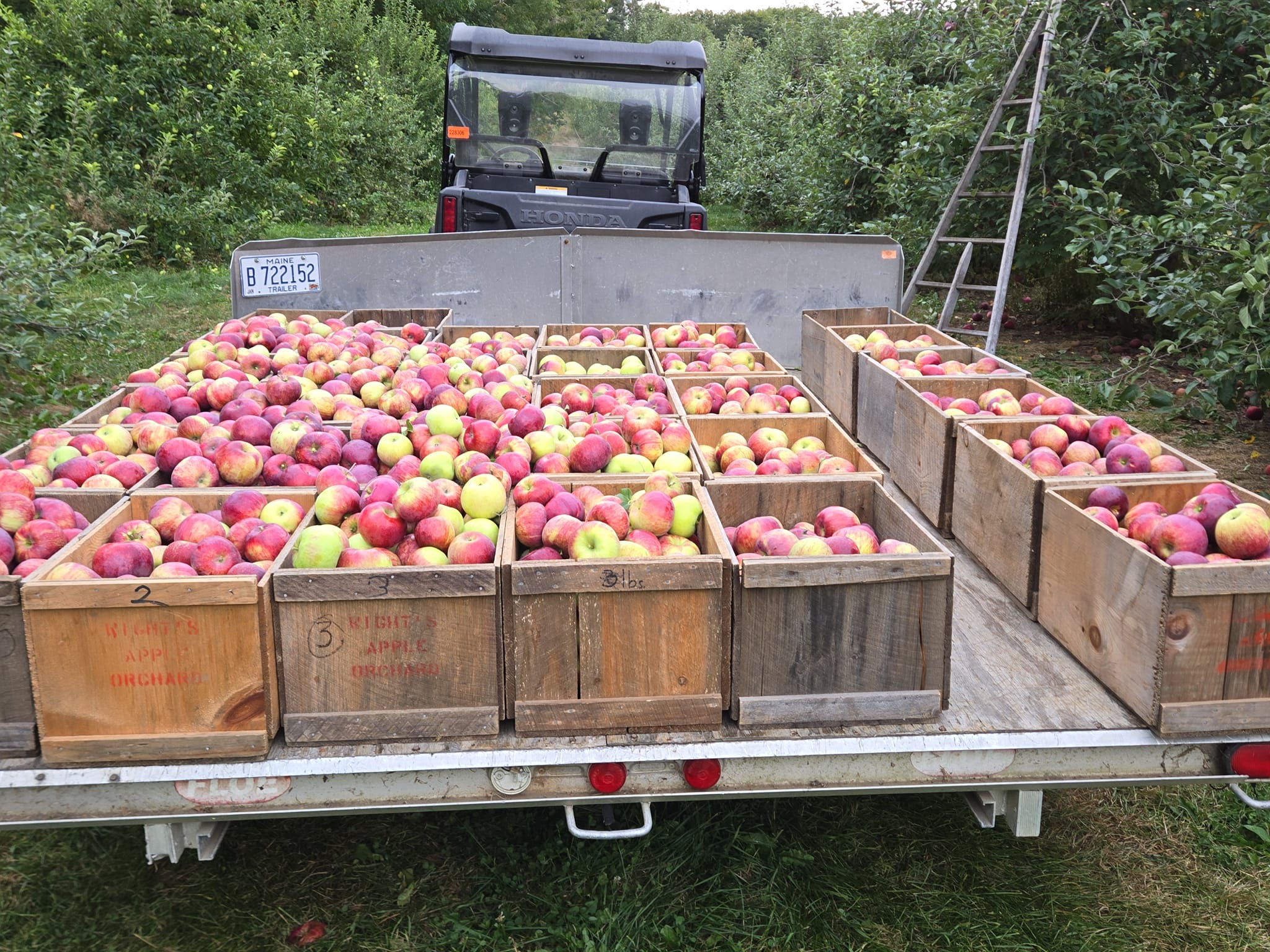
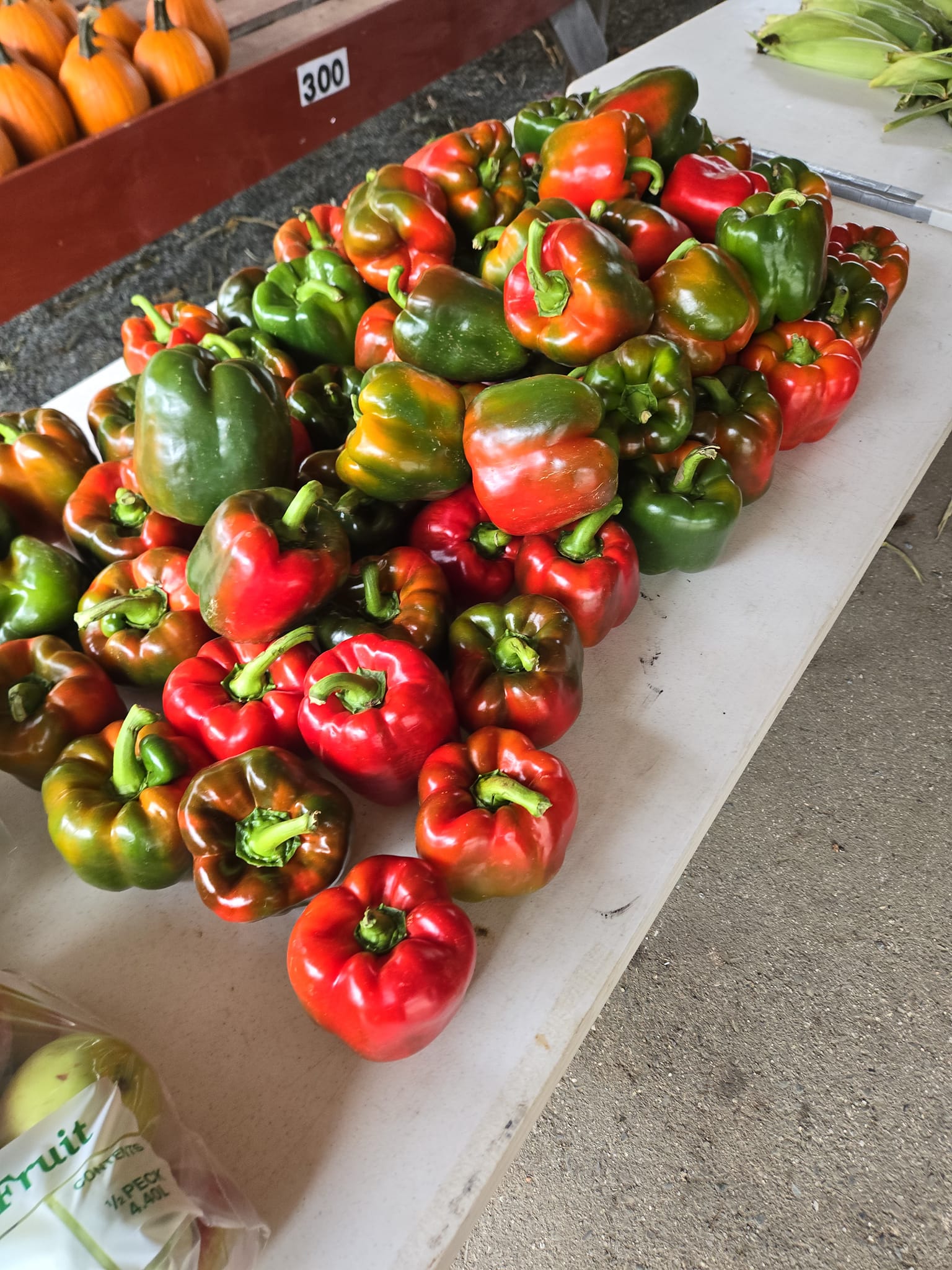 A Maine Harvest Example
A Maine Harvest Example